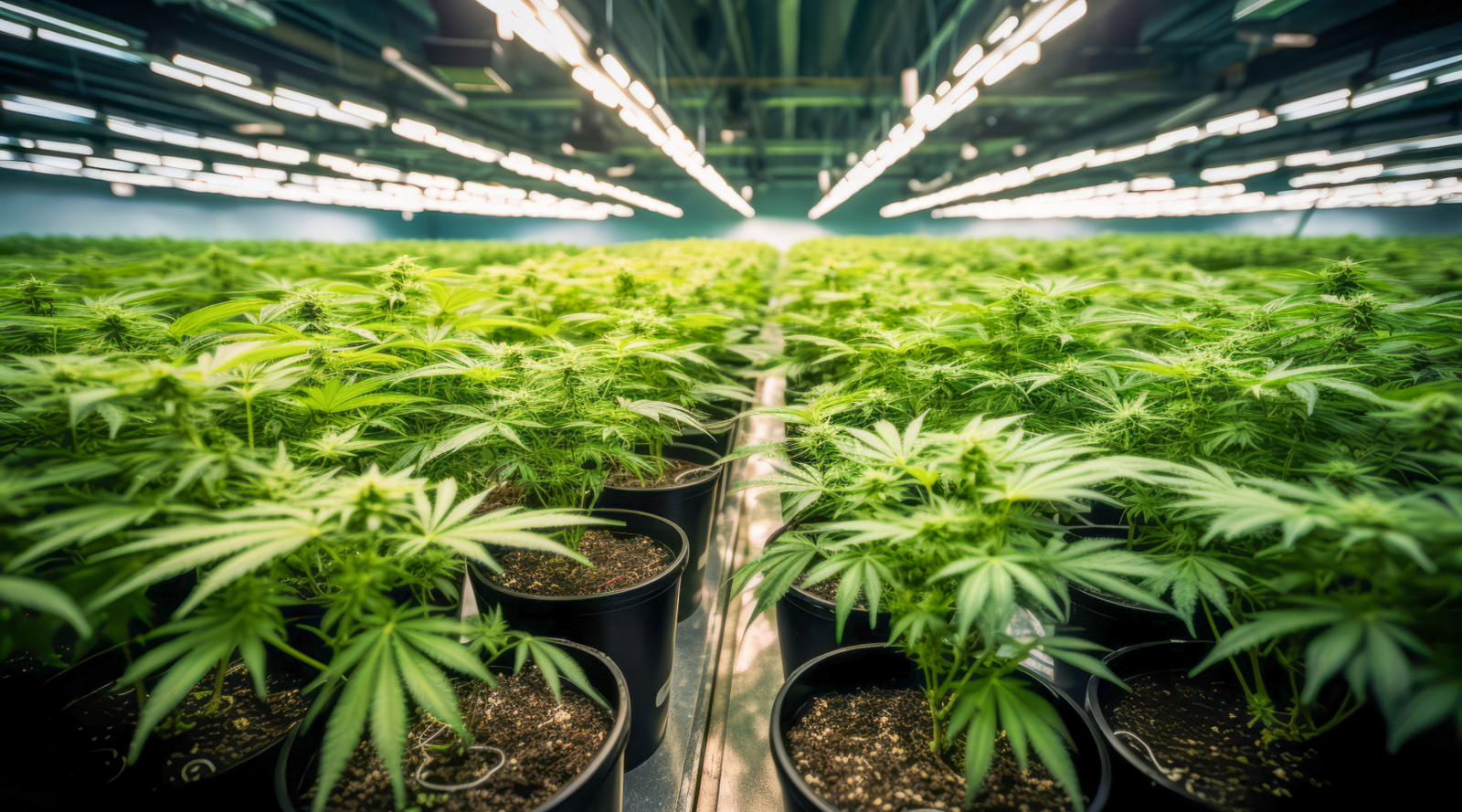Cannabidiol, commonly known as CBD, is a naturally occurring compound found in the cannabis plant. CBD has gained tremendous popularity in recent years for its numerous health benefits, including pain relief, anxiety reduction, and anti-inflammatory properties. However, many people still have misconceptions about CBD and where it comes from. In this blog post, we will explore the sources of CBD and how it is extracted.
CBD is predominantly extracted from two species of the cannabis plant: hemp and marijuana. Both plants are members of the cannabis family, but they have different chemical compositions and legal statuses. Hemp is defined as cannabis containing less than 0.3% THC, the psychoactive compound responsible for the "high" associated with marijuana. Marijuana, on the other hand, contains higher levels of THC and is still classified as a Schedule I drug under federal law.
Most of the CBD products available in the market are derived from hemp, as it is legal to grow and extract CBD from hemp plants under the 2018 Farm Bill. Hemp-based CBD products are also preferred as they contain negligible amounts of THC, making them non-psychoactive and safe for consumption.
CBD can be extracted from the plant using various extraction methods, including CO2 extraction, ethanol extraction, and oil extraction. CO2 extraction is the most commonly used method, as it yields a high-quality, pure CBD extract. In this method, CO2 is pressurized to a supercritical state, where it acts as a solvent to extract the CBD from the plant material. The resulting CBD extract is then further refined to remove any impurities and undesirable compounds.
Ethanol extraction involves soaking the plant material in ethanol to extract the CBD. The resulting mixture is then heated to evaporate the ethanol, leaving behind a concentrated CBD extract. Oil extraction involves infusing the plant material in a carrier oil, such as coconut oil or olive oil, to extract the CBD.
Once the CBD extract is obtained, it can be used to create a wide range of products, including tinctures, capsules, topicals, and edibles. The extracted CBD can also be further refined to isolate pure CBD crystals, which can be used in various applications.
In conclusion, CBD is a naturally occurring compound found in the cannabis plant. It can be extracted from both hemp and marijuana plants, but most CBD products on the market are derived from hemp due to its legal status and low THC content. CBD can be extracted using various methods, including CO2 extraction, ethanol extraction, and oil extraction. Understanding the sources and extraction methods of CBD can help consumers make informed decisions about the products they use.

